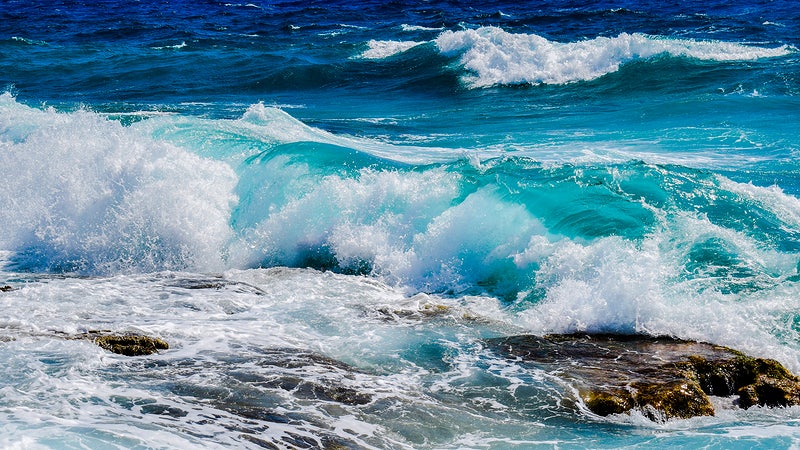The United Nations’ Historic Ocean Treaty
Both the High Seas Treaty and the Willow Project have a significant impact on nations’ plans for global environmental growth.
March 6, 2023
Two decades of planning have contributed to the completion of the plan that comprises the United Nations’ marine life treaty. The 10-year talks between nearly 200 countries resulted in a historic agreement to protect the world’s oceans, dubbed one of the most significant conservation victories. On March 4th, the United Nations reached an official agreement in New York.
The High Seas Treaty refers to oceans in international waters that have not been claimed by any government. Because of their lack of authority, there are few legal safeguards in place to assist these oceans. Nonetheless, these waters support a diverse range of marine biodiversity and habitats. Overfishing and climate change are two prevalent issues that influence the possibility of extinction for this marine life. Marine species, such as sharks and whales, are particularly vulnerable to exploitation caused by a lack of protection in high-seas areas. They are mainly targeted for their high value as both seafood and drugs.
“A bit more than a quarter of emitted carbon dioxide is actually being absorbed by the ocean. That makes the ocean much more acidic, which means that it’s going to be less productive and jeopardize certain species and ecosystems,” said Minna Epps, head of the IUCN (International Union for Conservation of Nature).
According to Greenpeace, an environmental organization, 4.2 million square miles of ocean must be protected each year until the ’30 by 30′ target is met.
The Willow Project is yet another environmental decision in the works. The Biden administration is voting on whether to approve a major oil project in Alaska’s North Slope, which is vital to the region’s Indigenous communities.
Already, the Arctic is warming four times faster than the rest of the world. Though the Willow Project would help the United States prosper economically, experts estimate that it would emit the equivalent of more than 278 million tons of greenhouse gases over its 30-year lifespan.
These two plans were only recently announced, and both are concerned with the environment and what is done to it. Both the High Seas Treaty and the Willow Project have been the subject of numerous debates, but both projects demonstrate progress in how the world is approaching climate change and other factors that limit our ecological factors.
Many hope that the United Nations will continue to encourage and support environmental growth as these plans continue to develop.

